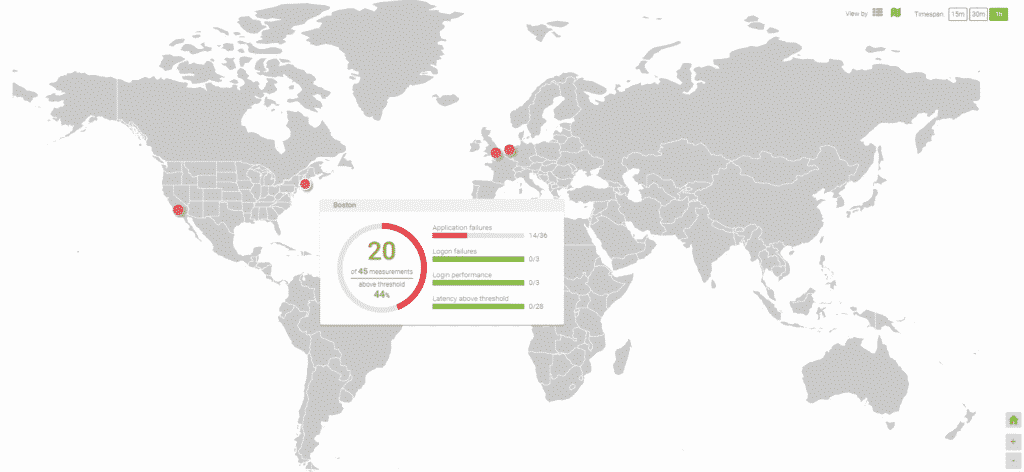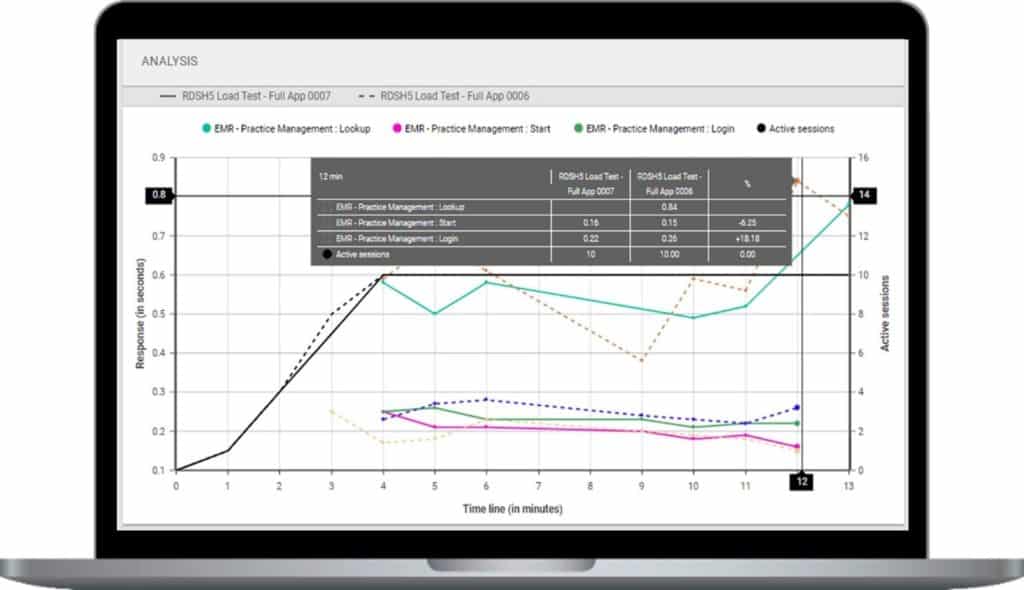Key Points to a Successful and Secure EMR Migration to a VDI Environment
December 14, 2021
Based on my field experience, I wanted to share some of the most common challenges healthcare organizations encounter migrating Electronic Medical Record (EMR) systems.
Subsequently, I will demonstrate how to overcome such challenges to make the migration as simple and secure as possible.
Challenges in the Migration
Hospital systems deploy EMR systems from companies like EPIC, Cerner, or Meditech. Historically hospitals developed their EMR systems themselves. Today it is more common to purchase EMR software from a supplier. The transition to an EMR supplier can relieve some of a hospital’s IT department’s burden because it takes care of technical support and regular system updates.
However, EMR software suppliers can fail to deliver a system that performs adequately. As a result, the end-users in the hospitals are confronted with unforeseen performance issues, whereas hospitals need to depend on their EMR system being available 24/7. If an EMR system performs inadequately or is unavailable, you can’t treat the patients, and physicians cannot invoice their work. Which not only leads to inefficiency but can also result in life-threatening scenarios.
Many organizations combine the transition to new EMR software with implementing a new environment. This new environment involves new hardware and software such as Windows 11, Citrix, and VMware to implement and manage a VDI environment. This involves a complex transition in which both hardware and software need extensive testing and optimization before the system can go live.
I would recommend the following steps when migrating to an EMR system:
- Compose a solid test plan that includes the end-user experience (EUX).
- Run performance tests on the separate components as early as possible. You can use the feedback to implement improvements before the actual migration begins.
- Test performance outside of Citrix or VDI. Focus the tests on the EMR, functionality, and the underlying hardware and infrastructure. Conceive use cases that involve as many of these components as possible.
Challenges During the Migration
Testing is a critical aspect of the migration process. Testing is essential for the environment and the application; it is also necessary to test whether the infrastructure is robust enough to handle the intended number of sessions. I have often seen this not the case, leading to disastrous outcomes.
After the environment has gone live, the next step is maintenance and updates. The developers of EMR systems tend to implement new updates regularly. Many suppliers rule that you may only lag behind a certain number of updates to continue receiving support, resulting in a continuous stream of new updates. This not only applies to EMR systems; it is the same with Windows 11. So it is crucial that you also renew the functional / performance components testing and the internal processes during the migration.


Many hospitals benefit from ensuring this continuous stream of updates: development, testing, acceptance, and production. This process helps you keep control of your image and software management tasks. Following these steps minimizes risk when the system goes live because everything has been tested. This process tests functional and performance aspects such as application start times, the time required to find a user in the EMR software, and the number of users the system can handle simultaneously after the update. The team has much more control of the environment, which means you can offer a much better performance guarantee during going live. The result is fewer support calls and maximum performance.

Post Migration Checklist
Once the environment is live, it remains essential to monitor and test performance and EUX. You can do this in the conventional manner (which commonly involves monitoring hard metrics and checking whether the server is online or offline). Still, performance is more than just CPU utilization or an IOPS. It is still essential to continuously measure the end-user’s experience.
Read a Case Study on how Presence Health optimizes user density on Nutanix for major EPIC upgrades.
EpicHealthcare
